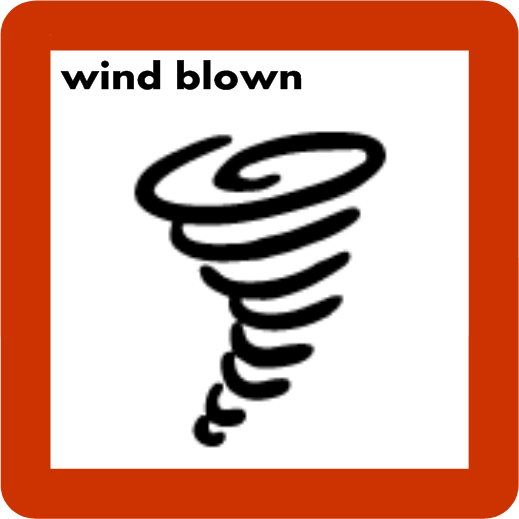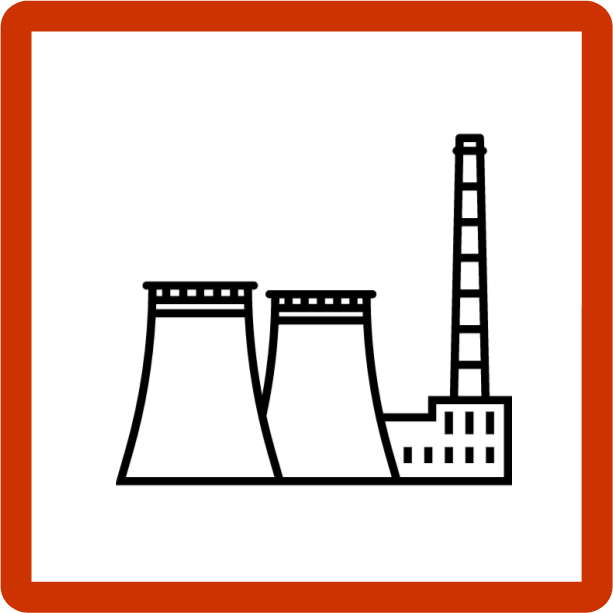A prerequisite to a good air quality model is some idea of the main sources of pollution and their contributions. Every city has unique air quality challenges that require customized approaches to model pollution, as the critical pollutants, sources, meteorology, geography, population distribution, history, institutions, and information base vary significantly between cities, especially in India. An emissions inventory for the Greater Delhi region was established (first version published in 2013) and tested against the monitoring data available from the official stations. The in-use inventory was improved significantly in terms of its spatial and temporal representation of the sources, to account for dynamic modeling of pollution.
Click on the icons below, to access emission summaries for various sectors. The inventory includes data on multiple pollutants from all known activities in the modeling domain and from outside the modeling domain, to account for the long range transport of pollution in the Indian Sub-continent. All the sectors and the sub-sectors are maintained on GIS platform, with a switch in the dispersion model to include or exclude their emissions, any or all of them, for any day or any hour of the modeling exercise. This allows us to dynamically track (or not track) the aggregate pollution to any of the sources in the model (for example, if we know in advance that buses are on strike, we can exclude their emissions for those days or hours).
The non-anthropogenic sources such as biogenics, dust events, fires, sea salt, and lighting emissions are modeled at the Indian sub-continent scale into which the Greater Delhi region is nested. In other words, if there is a fire event or a dust event detected in the satellite retrievals, we will have it reflected in the calculations and shown as boundary intrusion. More details on each of these sources is below.
 |
 |
 |
 |
 |
 |
 |
 |
 |
 |
 |
 |
